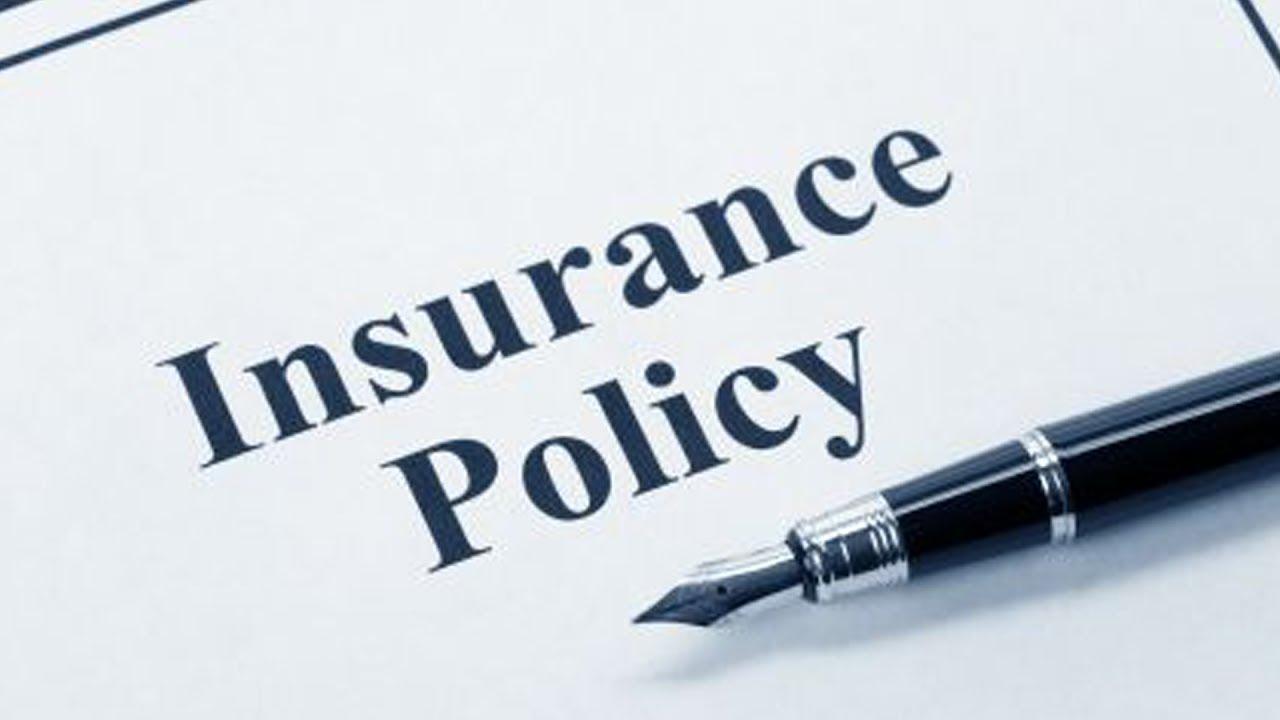Policy limit investigations have become a critical safeguard for carriers and claims professionals—especially when navigating high-value claims that can easily extend into six-, seven-, or even eight-figure exposures.
As claim severity continues to rise and litigation becomes more aggressive, understanding the true scope of a claim before tendering policy limits is no longer just best practice; it’s essential risk management.
This article explores why policy limit investigations matter now more than ever, what they accomplish, and how they protect insurers from unnecessary exposure in a complex and increasingly litigious environment.
1. Escalating Claim Severity and Nuclear Verdicts
One of the primary reasons policy limit investigations have grown in importance is the surge in claim severity across multiple lines of insurance. Bodily injury claims, commercial liability disputes, trucking and transportation losses, and catastrophic personal injury cases have all seen dramatic increases in settlement value.
The rise in nuclear verdicts—jury awards often exceeding $10 million—has also altered the claims landscape. Plaintiffs’ attorneys, aware of rising verdict potential and increasingly sophisticated settlement strategies, routinely demand policy limits early in the claims process. Without a proper investigation, insurers risk:
- Paying full limits prematurely
- Triggering bad faith allegations
- Underestimating long-term exposure
- Misjudging future medical needs or lost earning potential
A thorough policy limit investigation ensures the carrier fully understands the claimant’s allegations, the insured’s liability exposure, and the true value of the damages before making any irreversible decisions.
2. Protecting Against Bad Faith Claims
Bad faith allegations represent one of the most significant threats to insurers during high-value negotiations. Plaintiffs’ firms often attempt strategic setups—for example, sending time-limited settlement demands or restricting access to medical records—to later argue that the insurer failed to act reasonably.
A robust policy investigation provides critical defense against such strategies by:
Documenting reasonable due diligence
Demonstrating proactive evaluation of liability and damages
Identifying missing documentation or inconsistencies
Clarifying whether the claim truly warrants tender of limits
When investigations are thorough, carriers can show that any delay in tender was justified, not negligent—an essential protection in jurisdictions with punitive bad-faith statutes.
3. uncovering Fraud, Exaggeration, and Misrepresentation
High-value claims are particularly susceptible to fraudulent or inflated components, such as:
Contradictory medical histories
Non-disclosed pre-existing injuries
Fraudulent billing practices
Exaggerated wage loss or reduced earning capacity claims
Accident reconstruction inconsistencies
Inflated life-care plans
Policy investigations bring clarity through:
Background and social media investigations
Medical and billing audits
Surveillance and activity checks
Accident reconstruction analysis
Witness interviews and canvassing
These efforts frequently reveal discrepancies that significantly reduce claim value—or eliminate it altogether. Without them, carriers risk paying limits on a claim that never justified it.
4. Supporting Sound Liability Decisions
Tendering limits prematurely can severely impact a carrier’s broader risk decisions, especially on commercial accounts with multiple active claims. Policy limit investigations help clarify:
Was the insured actually liable?
Understanding causation, comparative fault, and potential negligence defenses often requires detailed investigative work.
Are other parties responsible?
In complex commercial cases—like trucking accidents or multi-vehicle collisions—liability may be shared among:
Contractors
Employers
Other motorists
Product manufacturers
Third-party maintenance providers
A comprehensive investigation ensures that all responsible parties are identified and placed on notice, preventing the insurer from shouldering disproportionate exposure.
5. Strengthening Negotiation Position and Strategy
In high-value claims, information is leveraged. With comprehensive data on liability, damages, claimant credibility, and the insured’s exposure, carriers can negotiate from a position of strength.
A policy investigation:
Establishes a defensible settlement range
Reveals weaknesses in the claimant’s case
Clarifies which damages are medically or legally supported
Differentiates between objective and subjective complaints
Helps forecast future litigation risk and defense costs
With this data in hand, claims professionals can confidently justify settlement offers—even if they fall below policy limits—based on documented evidence rather than attorney pressure.
6. Ensuring Compliance With Evolving Legal and Regulatory Standards
Across many states, the legal expectations for insurers handling high-value claims continue to evolve. Courts increasingly expect carriers to:
Conduct timely, thorough investigations
Communicate proactively with claimants
Provide clear explanations for settlement decisions
Document all investigative steps and rationale
Policy limit investigations help ensure that every step taken aligns with jurisdictional expectations. This diligence minimizes exposure not only in the claim at hand but across the carrier’s broader portfolio.
7. Delivering Transparency and Protection for the Insured
The insured often becomes a target of litigation when a claim escalates toward or beyond policy limits. A strong policy investigation protects insureds by:
Clarifying the true value of the claim
Ensuring their rights are maintained
Reducing the risk of personal exposure beyond limits
Providing them with a factual foundation for informed decisions
Insureds trust carriers to act in their best interest—especially when their financial future may depend on it. Policy investigations fulfill this duty by ensuring that decisions are made on credible, well-supported facts rather than pressure or assumptions.
8. Creating Defensible Claim Files
When a claim enters litigation or a bad faith complaint is filed, the claim file becomes evidence. A file bolstered by a well-documented limit investigation shows:
Complete review of medical records
Thorough liability and damages analysis
Conversations and communications logged accurately
Proactive efforts to obtain missing documentation
Expert reviews when warranted
Such a file sends a clear message: the carrier acted reasonably, responsibly, and in good faith.
Conclusion
The modern claims environment is more complex, aggressive, and high-stakes than ever before. Rising claim severity, increased litigation, and evolving legal expectations have transformed policy limit investigations from a discretionary step into an essential process.
For insurers, they offer crucial protection against unnecessary payouts and bad faith allegations. For insureds, they provide clarity, fairness, and defense against excessive exposure. And for the claims system as a whole, they ensure that settlements—especially those involving high-value demands—are driven by evidence, not pressure.

